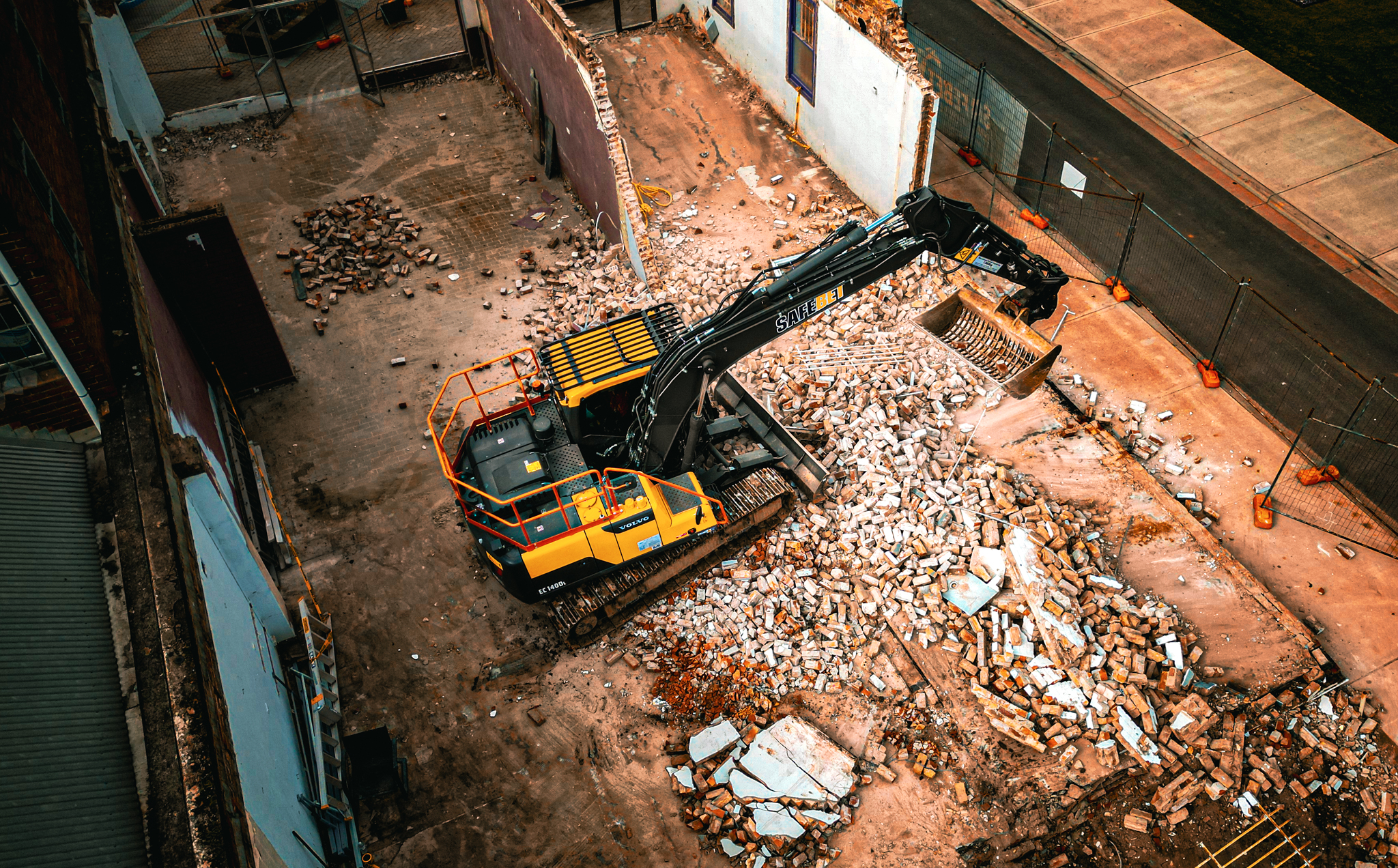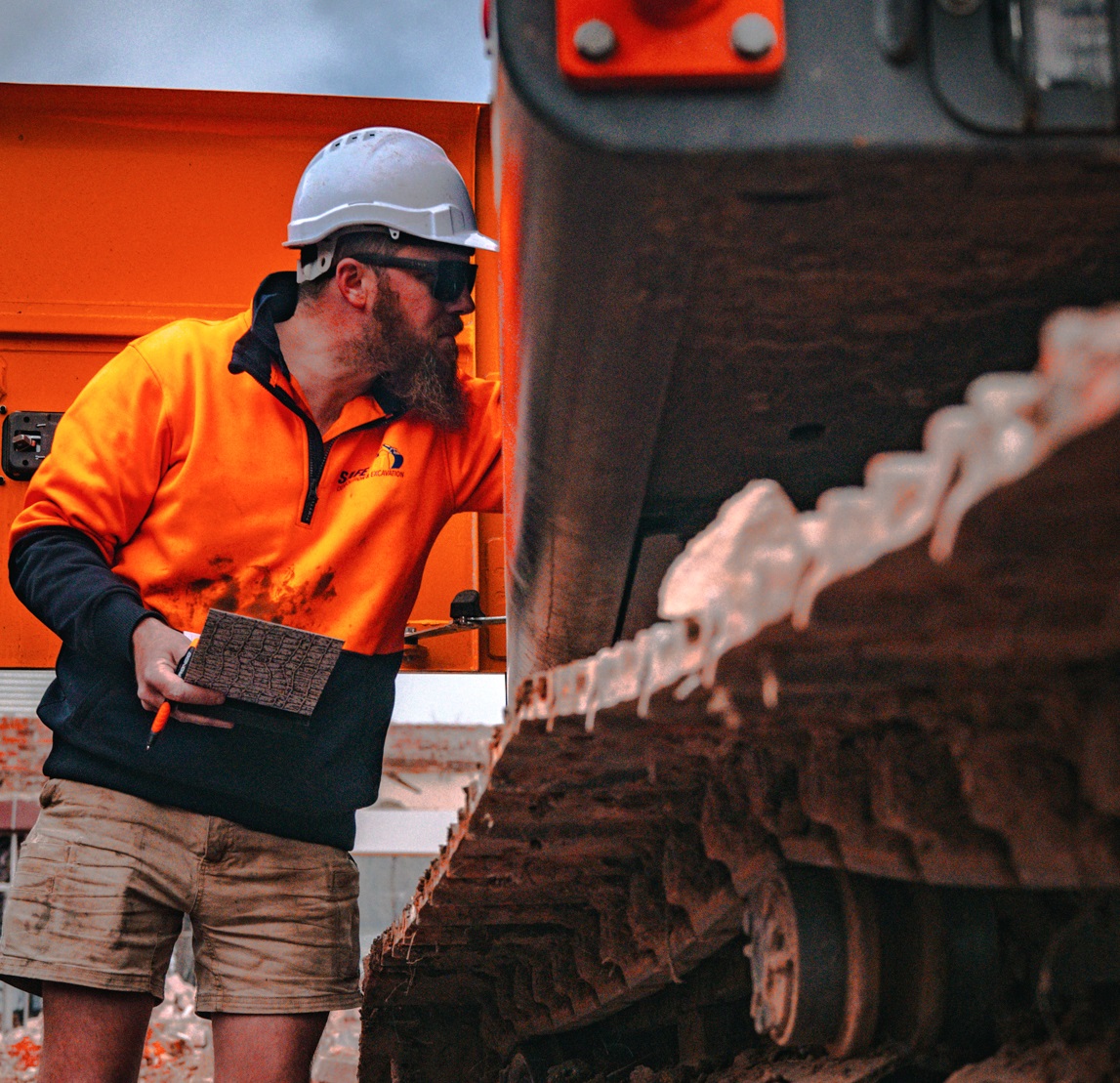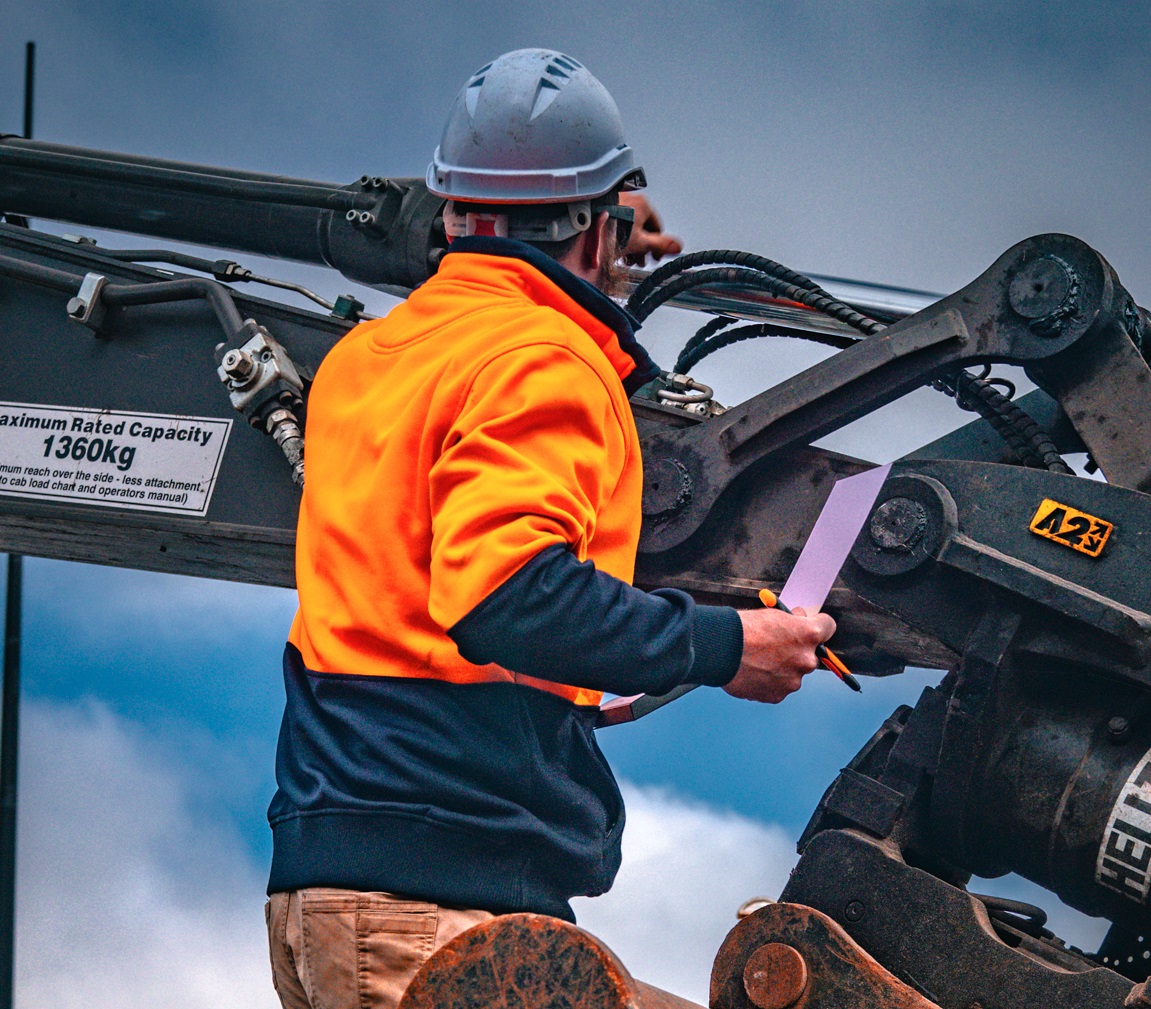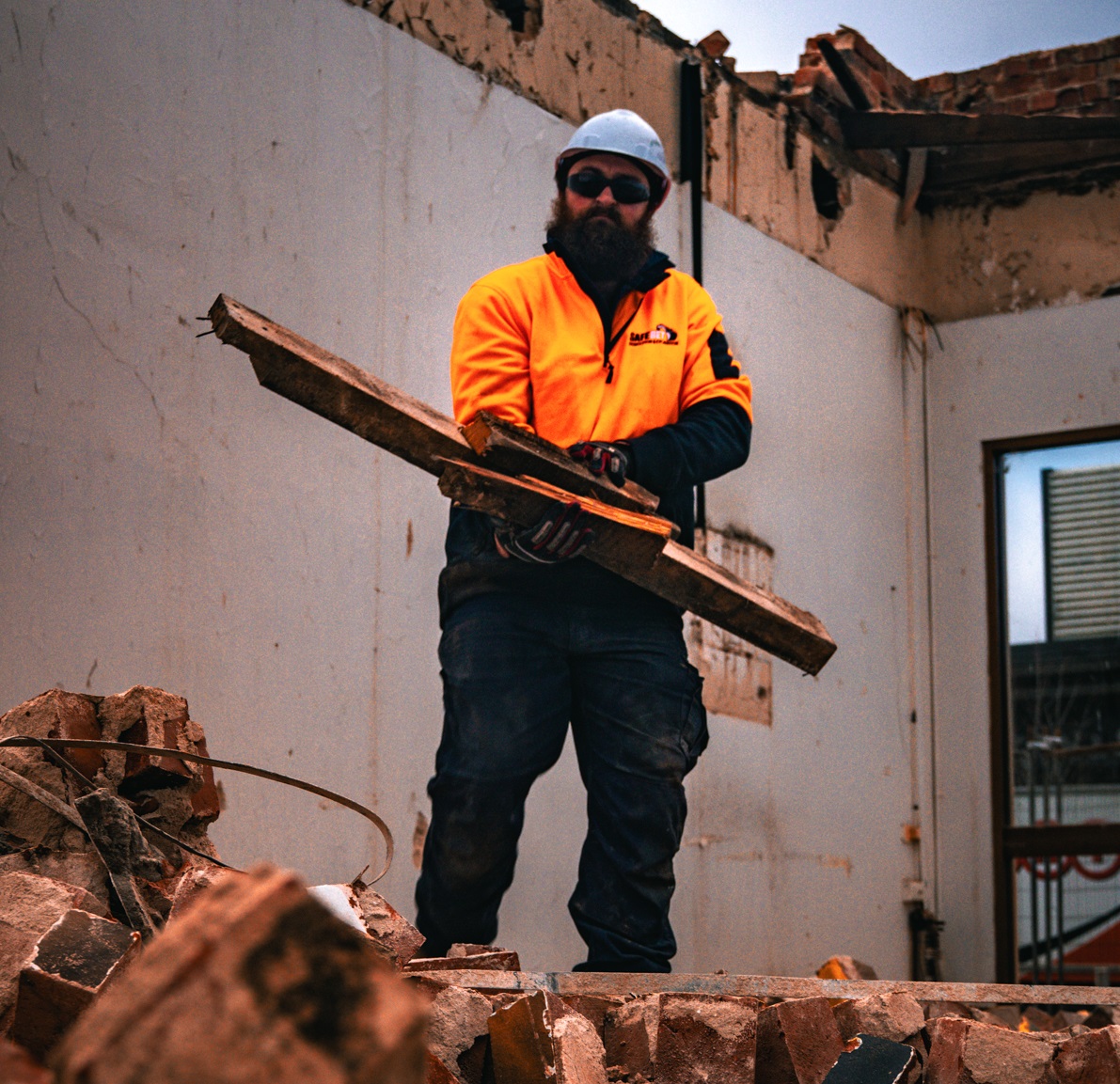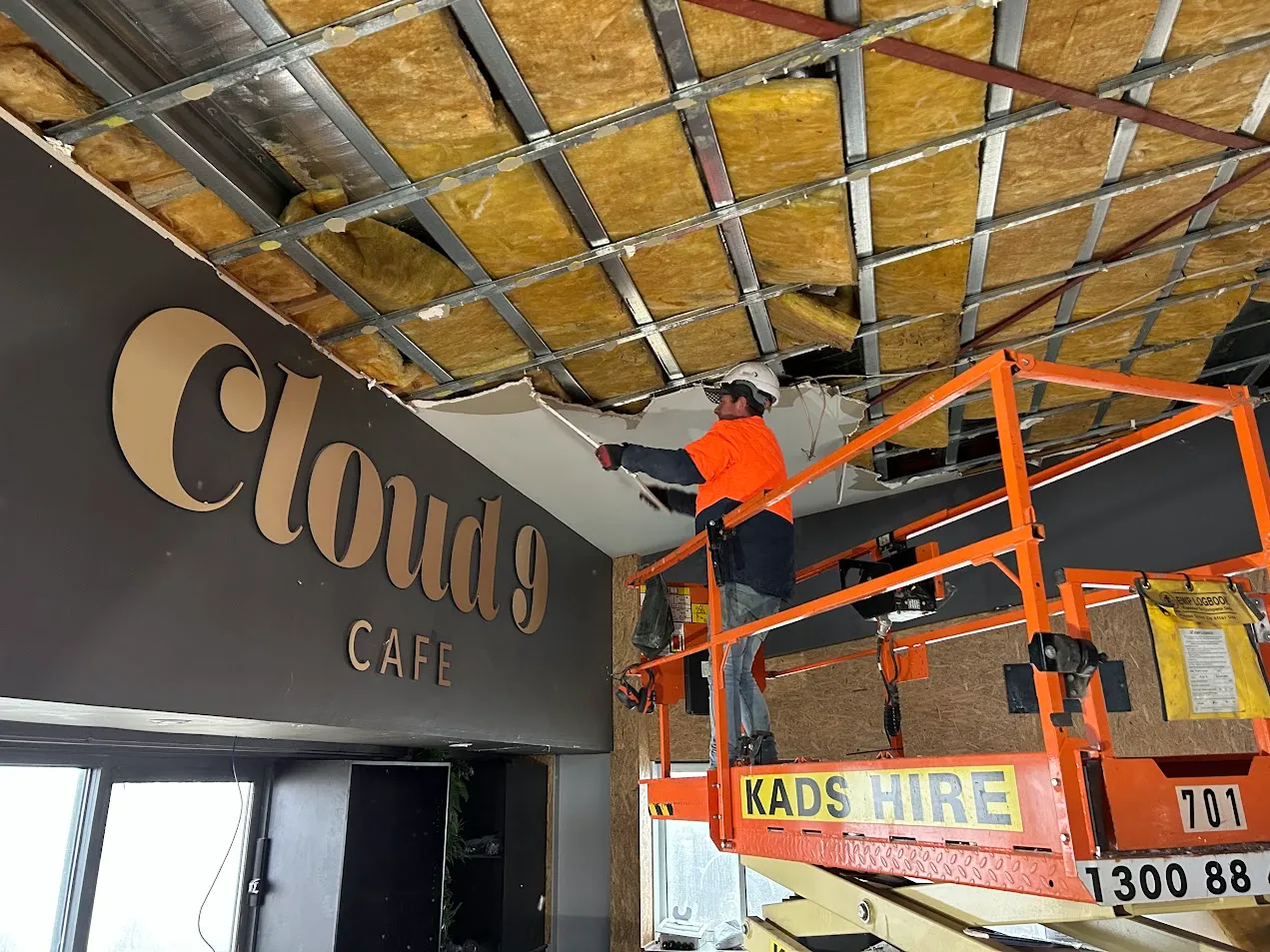At a glance
- Definition and Scope: Strip out demolition involves removing non-structural elements within a building, essential for renovations or repurposing spaces while preserving the structural framework.
- Types of Strip Outs: Full strip outs clear all non-structural elements, while partial strip outs target specific areas, offering flexibility in renovation projects.
- Key Considerations: In Sydney, factors like building type, age, and local regulations play a crucial role in planning and executing commercial strip outs.
- Safety and Compliance: Adhering to safety standards, particularly with hazardous materials, is critical. Choosing a professional strip out service ensures compliance with Australian regulations and a smooth project execution.
In the ever-evolving landscape of commercial property, renovation and redevelopment are key components to keeping spaces modern and functional. One crucial process in these transformations is known as “strip out.” This term may not be widely known outside the construction and real estate industries, but it plays a vital role in preparing buildings for new uses.
In this comprehensive guide, we will explore what a strip out involves, focusing on essential aspects such as office strip out, strip out demolition in Sydney, and commercial strip out in Sydney. We’ll delve into eight critical talking points, providing a detailed overview to help you understand when and why you might need a strip out service.
What is a strip out?
A strip out involves the removal of all non-structural elements within a building. This includes items like fixtures, fittings, partitions, ceilings, and sometimes even floor coverings. Unlike full demolition, which takes down the entire building, strip out demolition focuses on clearing the interior space while preserving the structure’s framework. This process is essential when a property owner wants to update the building’s interior design, change its use, or comply with new building standards.
The term “strip out” can apply to various sectors, including residential, commercial, and industrial properties. However, it is particularly prevalent in the commercial sector, where businesses frequently need to update their premises to stay competitive or comply with regulatory changes. In Sydney, for example, the demand for modern, flexible office spaces has led to a surge in strip out projects as companies seek to adapt existing buildings to meet contemporary needs.
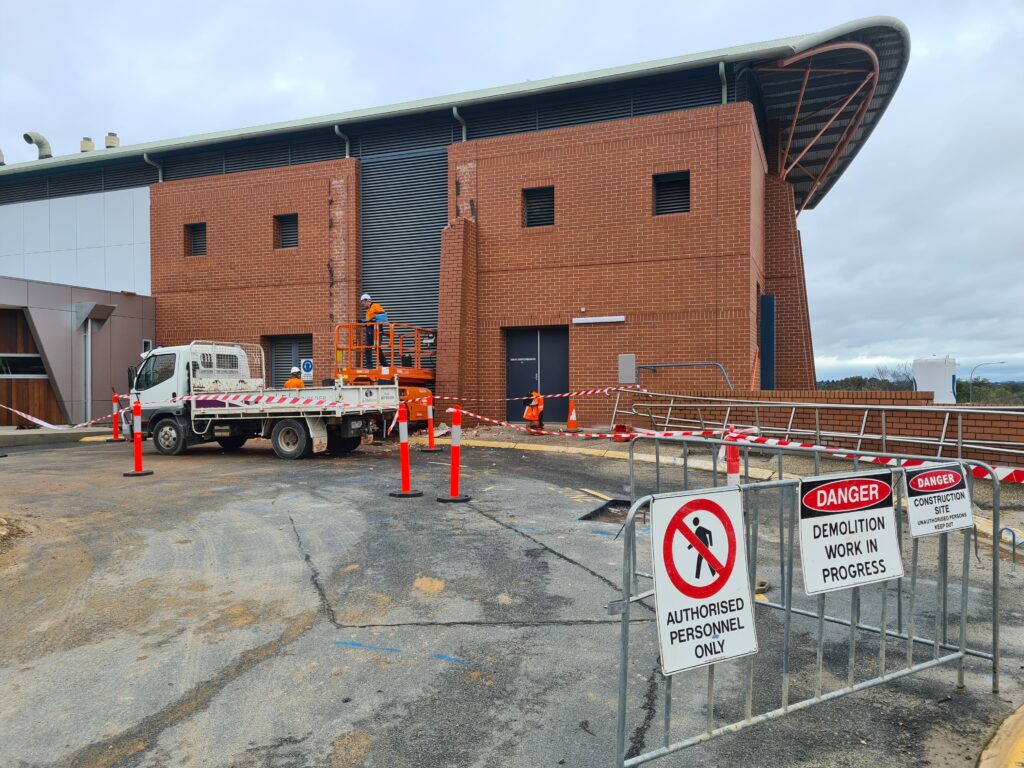
Types of Strip Outs: Full vs. Partial
Strip outs can be broadly categorized into two types: full and partial. A full strip out involves the complete removal of all non-structural elements, leaving behind a shell ready for a new fit-out. This is often necessary for extensive renovations where the new design requires a clean slate. Full strip outs are also common when the property is being repurposed, such as converting an office building into residential units or a retail space into a restaurant.
On the other hand, a partial strip out targets specific areas or elements within the building. This approach is more selective, removing only certain fixtures, partitions, or systems that need updating or replacement. Partial strip outs are ideal for businesses looking to refresh their space without the need for a complete overhaul.
For example, a company may opt for a partial strip out to remove outdated office cubicles and install a more open-plan layout. Both full and partial strip outs require careful planning and consideration to ensure that the project meets the client’s needs and complies with all regulations.
Why Consider a Strip Out?
There are several reasons why a business or property owner might consider a strip out. One common scenario is the need to fulfil “make good” obligations when vacating a leased property. Many commercial leases require tenants to return the space to its original condition, necessitating a strip out to remove any additions or alterations made during the tenancy. This process helps ensure that the property is ready for the next tenant or sale.
Another reason to consider a strip out is the modernization of the space. As building standards evolve and design trends change, businesses may find that their existing premises no longer meet their functional needs or aesthetic preferences. A strip out allows for a complete redesign of the interior, incorporating modern materials, technologies, and layouts. This is particularly important in a competitive market like Sydney, where businesses need to maintain a modern and appealing environment to attract clients and employees.
Office Strip Out: A Closer Look
Office strip outs are a specialized form of strip out demolition tailored to the needs of corporate environments. This process typically involves the removal of office-specific elements, such as workstations, furniture, lighting systems, and IT infrastructure. The goal is often to prepare the space for new occupants or to refresh the environment in line with a company’s evolving brand or operational needs. In Sydney’s fast-paced business environment, an office strip out can be a strategic move to enhance productivity and employee satisfaction.
The process of an office strip out begins with a detailed assessment of the current space, identifying which elements need to be removed and which can be retained or upgraded. This phase is critical, as it ensures that the project aligns with the client’s objectives and budget. During the strip out, careful attention must be paid to minimizing disruption, especially if the building remains partially occupied. Professional strip out services in Sydney offer expertise in managing these challenges, ensuring a smooth transition with minimal downtime for businesses.
Commercial Strip Out in Sydney: Key Considerations
When planning a commercial strip out in Sydney, several key considerations must be addressed. The city’s diverse architectural landscape means that each project can present unique challenges, whether dealing with modern high-rises or heritage-listed buildings. Understanding the specific requirements of the building type and the intended new use of the space is crucial for a successful strip out. For instance, heritage buildings may require special permits and adherence to conservation guidelines, which can impact the scope and timeline of the project.
Additionally, the logistics of a commercial strip out in Sydney can be complex due to factors such as building access, traffic restrictions, and noise ordinances. Proper planning is essential to navigate these challenges and avoid delays or additional costs. Working with experienced local contractors familiar with Sydney’s regulations and conditions can be a significant advantage. They can provide valuable insights and solutions tailored to the city’s unique environment, ensuring a seamless and compliant strip out process.
The Process of Strip Out in Demolition Activities
The strip out demolition process involves several key stages, starting with a comprehensive assessment and planning phase. During this initial stage, professionals evaluate the building’s structure, identify hazardous materials, and develop a detailed plan outlining the scope of work. This plan includes timelines, costs, and safety protocols, ensuring that all aspects of the project are covered. In Sydney, the planning phase also involves securing necessary permits and complying with local building codes.
Once planning is complete, the physical strip out begins. This involves disconnecting utilities, such as electricity, water, and gas, to ensure safety during the demolition. The team then proceeds to remove non-structural elements, carefully sorting materials for disposal or recycling. In Sydney, where environmental regulations are stringent, proper waste management is a critical component of the strip out process. The project concludes with a thorough clean up, leaving the space ready for the next phase of development or handover to new occupants.
Safety and Compliance in Strip Out Projects
Safety and compliance are paramount in any strip out project, and strict adherence to Australian standards and regulations is required. This is especially true when dealing with hazardous materials like asbestos, which is common in older buildings. The presence of such materials requires specialized removal procedures, including proper containment, protective equipment, and safe disposal methods. Non-compliance with these regulations can result in severe penalties and health risks, making professional oversight crucial.
In addition to hazardous materials, other safety considerations include securing the site to prevent unauthorized access and ensuring the structural stability of the building throughout the strip out process. Compliance with environmental regulations is also critical, particularly concerning waste management and recycling. In Sydney, contractors must adhere to strict guidelines on the disposal of construction and demolition waste, ensuring that recyclable materials are processed appropriately and that hazardous waste is handled safely.
Choosing the Right Strip Out Service in Sydney
Choosing the right strip out service in Sydney involves several key factors, including experience, expertise, and a proven track record of successful projects. A reputable service provider will offer a comprehensive range of services, from initial assessment and planning to execution and final clean-up. They should have experience working with various building types and a deep understanding of local regulations and requirements. In Sydney, where the commercial real estate market is highly competitive, selecting a provider with a strong regional presence can provide valuable insights and connections.
Furthermore, effective communication and transparency are crucial when selecting a strip out service. Clients should feel confident that the contractor understands their needs and can deliver the project on time and within budget. Reviews and testimonials from previous clients can provide valuable insights into the provider’s reliability and quality of work. For businesses and property owners in Sydney, partnering with a trusted strip out service ensures a smooth and efficient process, minimizing disruptions and maximizing the potential of the renovated space.
Conclusion
In the world of commercial property, strip out demolition is a vital step in the renovation and redevelopment process. Whether you’re preparing a space for new tenants, modernizing an outdated office, or complying with lease obligations, understanding the intricacies of strip outs can make the process smoother and more efficient. In Sydney, where the commercial real estate market is constantly evolving, finding the right strip out service is crucial to ensuring your project meets all regulatory requirements and achieves your desired outcome.
For those considering a strip out in Sydney, SAFEBET offers professional and comprehensive services tailored to your needs. With expertise in office strip outs, strip out demolition, and commercial strip outs, we are your go-to provider for all your demolition needs.
Visit our website to learn more about our services and get started on your next project today.
